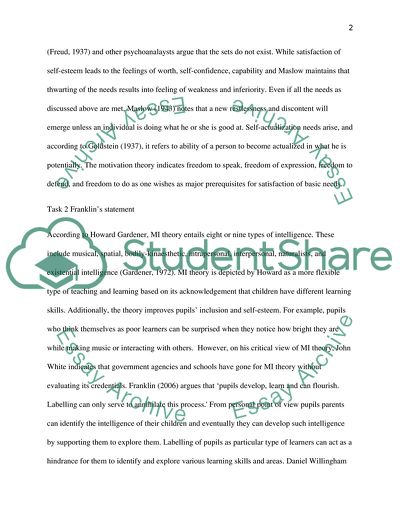Cite this document
(“Abraham Maslows hierarchy of needs Assignment Example | Topics and Well Written Essays - 1500 words”, n.d.)
Abraham Maslows hierarchy of needs Assignment Example | Topics and Well Written Essays - 1500 words. Retrieved from https://studentshare.org/education/1701209-abraham-maslows-hierarchy-of-needs
Abraham Maslows hierarchy of needs Assignment Example | Topics and Well Written Essays - 1500 words. Retrieved from https://studentshare.org/education/1701209-abraham-maslows-hierarchy-of-needs
(Abraham Maslows Hierarchy of Needs Assignment Example | Topics and Well Written Essays - 1500 Words)
Abraham Maslows Hierarchy of Needs Assignment Example | Topics and Well Written Essays - 1500 Words. https://studentshare.org/education/1701209-abraham-maslows-hierarchy-of-needs.
Abraham Maslows Hierarchy of Needs Assignment Example | Topics and Well Written Essays - 1500 Words. https://studentshare.org/education/1701209-abraham-maslows-hierarchy-of-needs.
“Abraham Maslows Hierarchy of Needs Assignment Example | Topics and Well Written Essays - 1500 Words”, n.d. https://studentshare.org/education/1701209-abraham-maslows-hierarchy-of-needs.


